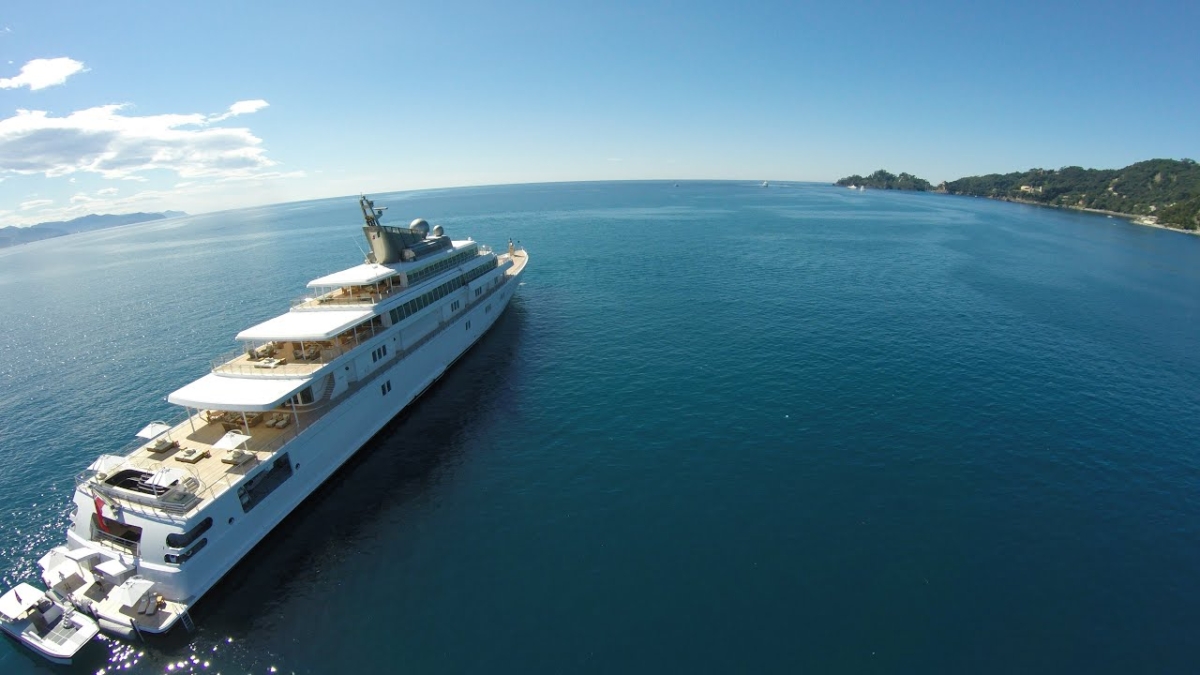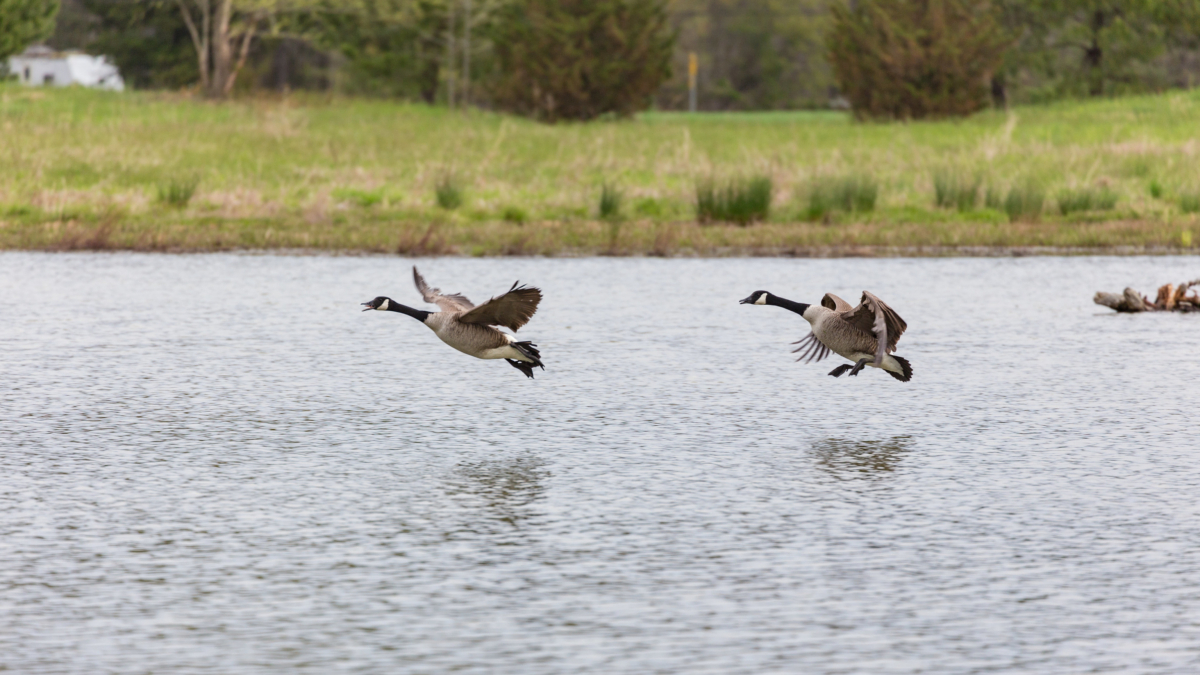Deforestation, climate crisis could crash Amazon tree diversity – “Deforestation is no longer the only major threat to the Pan-Amazon”
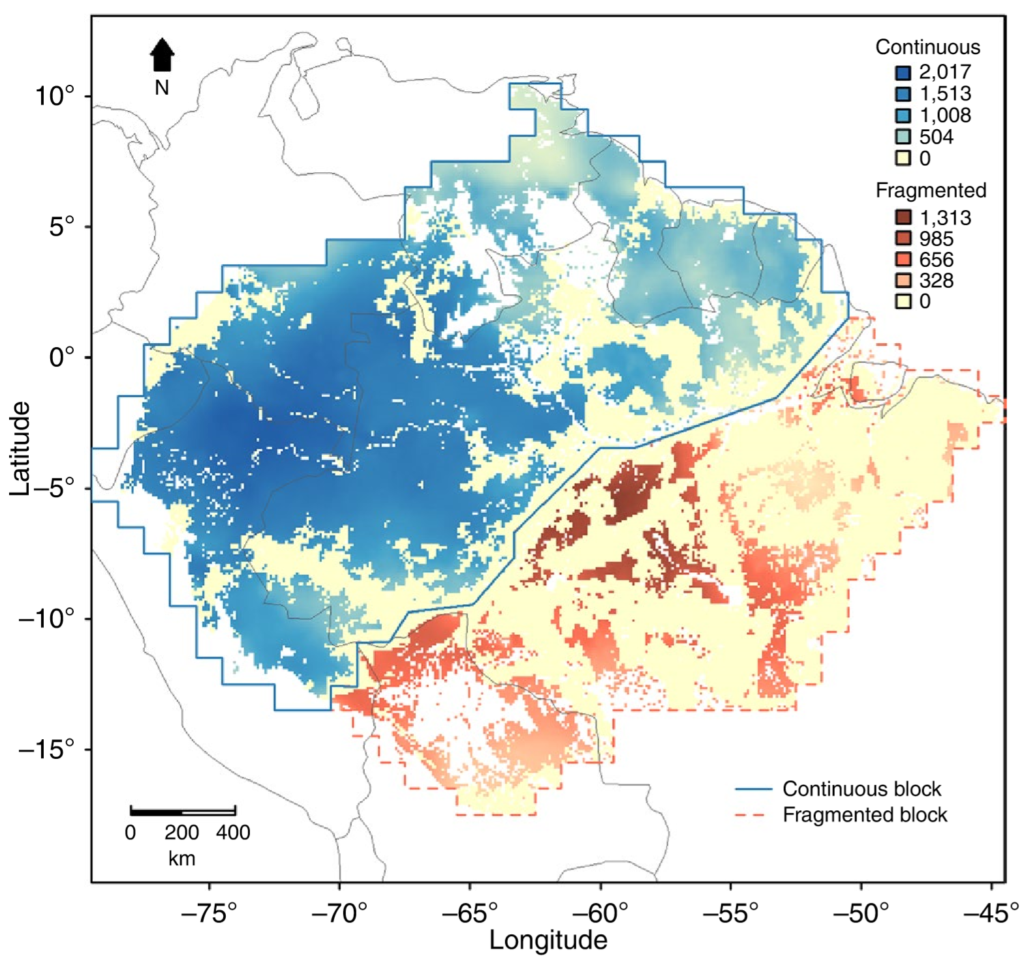
By Jenny Gonzales
18 August 2019
(Mongabay) – The combined impact of ongoing deforestation and escalating climate change on the Amazon rainforest could radically transform its configuration by 2050, with the biome divided into two distinct blocks — one occupied by still significant but very seriously diminished rainforest, the other dominated by agribusiness and scattered forest inside conserved areas.
That shift, were it to occur, could result in a decline of up to 58 percent of Amazon tree species richness, of which 49 percent would have some degree of risk for extinction (with tree species becoming vulnerable, endangered or critically endangered), according to a new study published in Nature Climate Change.
The authors of the paper — four researchers from Brazil and the Netherlands — determined that both deforestation and climate change had to be examined together, and not separately as is typically done, in order to determine a realistic future scenario.
To the researchers’ surprise, when the effects were combined in their models, the tree species loss numbers were very high.
Under the deforestation/climate change scenario, one half of the Amazon (the northern, central and western portions) would be reduced to 53 percent of the original forest, although still with continuous areas. The other half (the eastern, southern and southeastern areas, where agribusiness activities currently take place), would become extremely fragmented, with only 30 percent of forest remaining; remnant vegetation would be found primarily in protected areas and indigenous reserves.
Two scenarios for 2050 were highlighted by the study, a more optimistic one — in which Paris Climate Agreement carbon targets are achieved and global temperature warms by less than 2 degrees Celsius (3.6 degrees Fahrenheit) — and a more pessimistic one based on recent rising trends in deforestation and CO2 emissions.
In the more pessimistic scenario, Amazonian tree species would lose up to 65 percent of their spatial distribution area (where they live and reproduce), and up to 58 percent of their diversity; 49 percent would be threatened with extinction, of which 22 percent would be critically endangered, according to IUCN’s threatened extinction criteria.
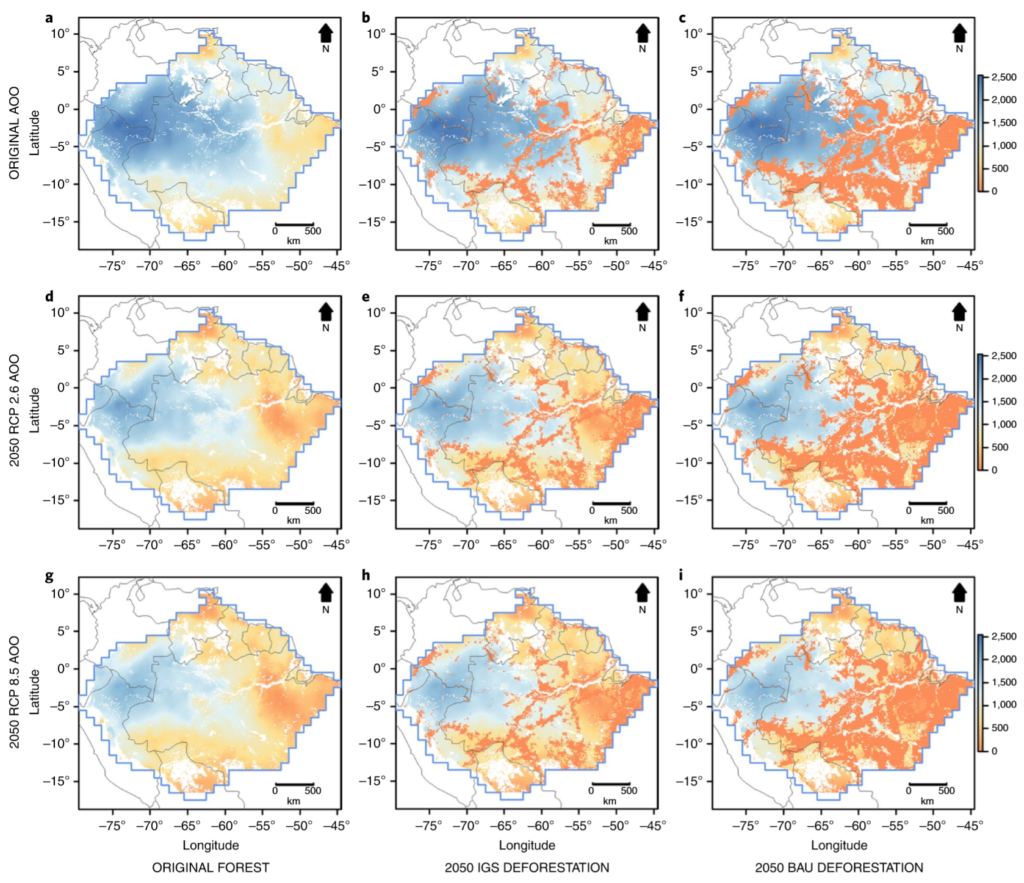
Even the more optimistic scenario “does not indicate a promising future,” Vitor Gomes, an environmental scientist at the Federal University of Pará and the lead study author told Mongabay. That scenario predicts a loss of tree species richness of up to 43 percent, and a decline in tree species distribution area of up to 53 percent; under that scenario, 48 percent of tree species would be threatened, of which 11 percent would be critically endangered.
“The study should be seen as a big warning,” said Ima Vieira, a researcher at the Museu Paraense Emílio Goeldi and a study co-author. “It shows that if deforestation is currently the biggest cause of habitat loss in the Amazon, over the next thirty years it will probably be surpassed by climate change, which operates throughout the whole biome and can alone reduce species diversity by up to 37 percent.”
“It was not so clear to us how much the climate could affect the forest in the future,” Gomes added. “Deforestation is no longer the only major threat to the Pan-Amazon,” a biome designation that includes portions of nine South American countries.
Excluding climate change impacts, deforestation alone could cause Amazon species diversity losses of 19 percent (in the best scenario) or 36 percent (in the worst), while climate change could cause reductions of 31 percent to 37 percent, respectively. […]
However, the nation isn’t responding by curbing deforestation, rather its policies appear to be encouraging the opposite. In May, Brazilian Environment Minister Ricardo Salles proposed a reevaluation of all 334 federal conservation units, with an eye on reducing the size of some, and abolishing others. More recently he declared without offering any scientific evidence that Brazil has already reached “zero relative deforestation,” that is, deforestation in the Amazon represents, according to him, “0.002 percent of the biome.” Later he said the correct number is 0.16 percent. [more]
Deforestation, climate crisis could crash Amazon tree diversity: study
Deforestation and climate change can divide the Amazon into two
27 June 2019 (Agency Goeldi Museum) – The largest block of rainforest in the world may be severely threatened. One in ten species of trees in the world grows in the Amazon and more than half may be threatened with extinction in three decades. This is one of the findings of a recent study published in the journal Nature Climate Change, where four researchers from Brazil and Holland present an analysis combining scenarios of impacts of deforestation and climate change with Alarming conclusions. According to the prediction of the most pessimistic scenario, known as business as usual, half of the forest to the south of the Amazon can be reduced to fragments, leading many species to a serious risk of extinction.
The group of researchers initially produced maps of the original distribution of each of the 10,071 Amazonian tree species known prior to the changes induced by mankind. These maps were overlapped to provide the average number of species for each square of 10×10 kilometers within the forest, estimating the richness of species in these spaces, which was approximately 1,500 species for each of the squares. The mapping of the site where the species can be found is important to obtain the limits of temperature and precipitation where they are apparently comfortable, explains the first author of the study, Vitor Gomes. By overlapping the original distribution of the species to the total deforestation of the Amazon until the year 2013 (about 10%), it was observed that a total of 807 species can be classified as threatened with extinction. According to the study, up to 2013 deforestation had already reached areas that were in the distribution of 98.7% of the tree species in the Amazon.
Next, the group evaluated the impacts of deforestation and climate change according to projections for the year 2050. Surprisingly, climate change proved to be able to overcome the impacts of deforestation over the next 30 years. The losses of the apts caused by deforestation ranged from 19 to 33%, while the variation based on climate change ranged from 47 to 53%. “Despite the greater potential for loss caused by climate change, both scenarios present alarming results and may have severe consequences for the Amazonian biodiversity,” says Vitor Gomes – who defended his doctoral thesis on this Subject in the postgraduate program in Environmental Sciences (MPEG/Embrapa/UFPA), having been previously benefited by the Science without Frontiers program.
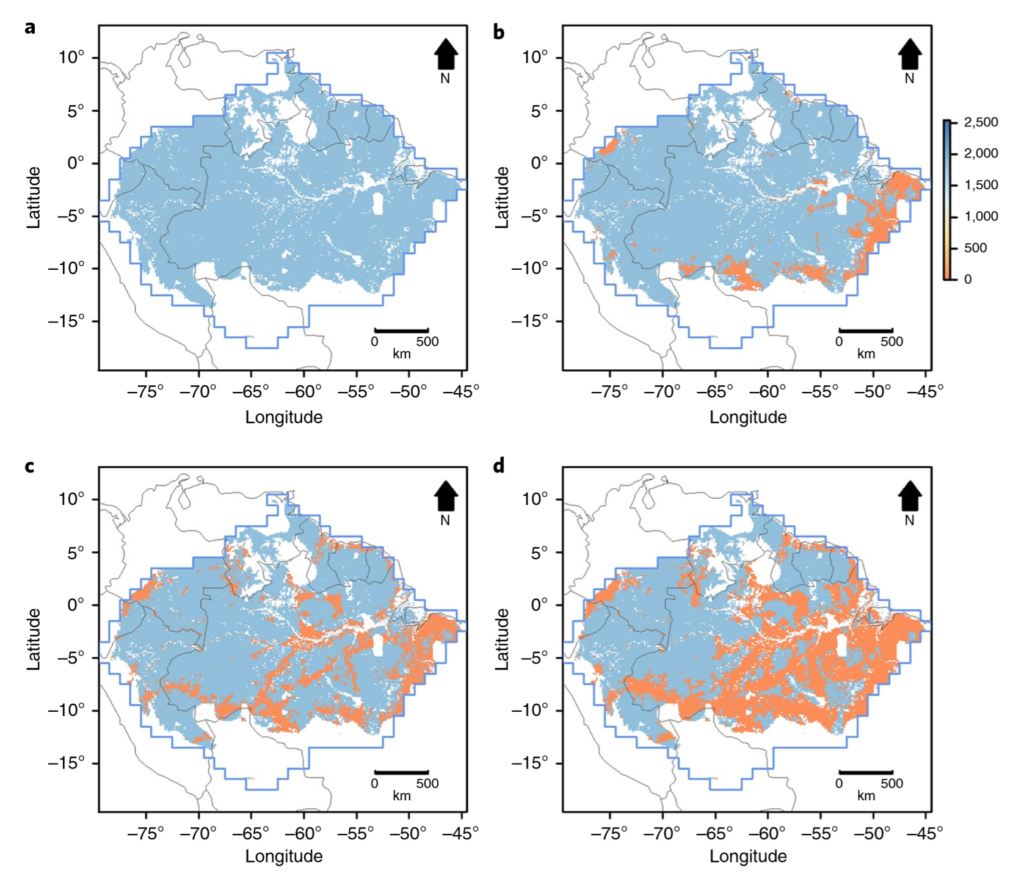
The authors of the study considered that a realistic future scenario should present both the combined impacts and the results of this combination resulted in even greater losses. Losses can range from 53 to 65%, from the most optimistic to the most pessimistic scenario. Such losses would result in a reduction in species richness between 43 and 58%. “Despite the important role of tropical forests in climate regulation, biodiversity conservation and the provision of ecosystem services, we run the risk of losing almost 60% of the arboreal richness of the Amazon,” says Rafael Salomão, co-author of Study, researcher at the Goeldi Museum and professor at the Federal Rural University of Amazonia, in Belém, Brazil.
Even the most optimistic combined scenario predicts a loss of more than half of the areas apts to the distribution of Amazonian arboreal species. The total number of endangered species in the combined scenarios can range from 4,872 (48.4%) and 4,993 (49.6%). Despite the slight difference between the scenarios combined, in the most optimistic, the number of species classified as “critically endangered” (CR) is lower, falling from 22% (more pessimistic) to 11% (more optimistic). The most pessimistic scenario is based on current trends in deforestation and CO2 emissions, Considering the absence of mitigating actions or increased governance. One of the maps presented in the study shows the Amazon divide in the middle in the most pessimistic scenario. One of the halves, formed by the portions East, south and southeast of the Amazon, appears severely fragmented and, the other half, formed by the portions north, central and West, appears with a still continuous format.
Amazon divided in half
Common species in the fragmented half, such as Protium altissimum (Aubl.) Marchand, may face a major threat of extinction. This species is the second most abundant in the Amazon, occurring with a large number of individuals. In the severely fragmented area, deforestation is already quite intense, especially in the region known as the “arc of Deforestation”. The continuous block can suffer less impact from deforestation, but is not immune to climate change. The species Eperua falcata Aubl., very common in the plateau of the Guianas, and also one of the most abundant in the Amazon, can lose up to 63% of the areas able to its distribution. According to Hans having Steege, co-author of the article and researcher at the Naturalis Biodiversity Center in Leiden, Holland, species Such as E. Falcata, may have great difficulty finding new environments in the future. The trees of this species can not spread their seeds more than 15 meters away and their individuals need about a century to reach maturity. “Many species populations move slowly. I commonly read articles inferring that, due to climate change, some types of forests will be found in other regions in 2050. But how can these forests at least get there? Will they catch a train? “he questions.
Despite the alarming results, the study highlights the important role of the network of protected areas of the Amazon. These areas can prevent the reduction of species richness in relation to forecasts of future impacts. “Even though these areas are not totally immune to climate change, which can overlap physical or geographic boundaries, our models show that forests outside the network of protected areas can lose up to a third of more species,” says Vitor Gomes. The authors add that the most pessimistic scenario appears to be increasingly realistic, since deforestation in the Amazon is increasing again and the current efforts to limit global warming are clearly insufficient.
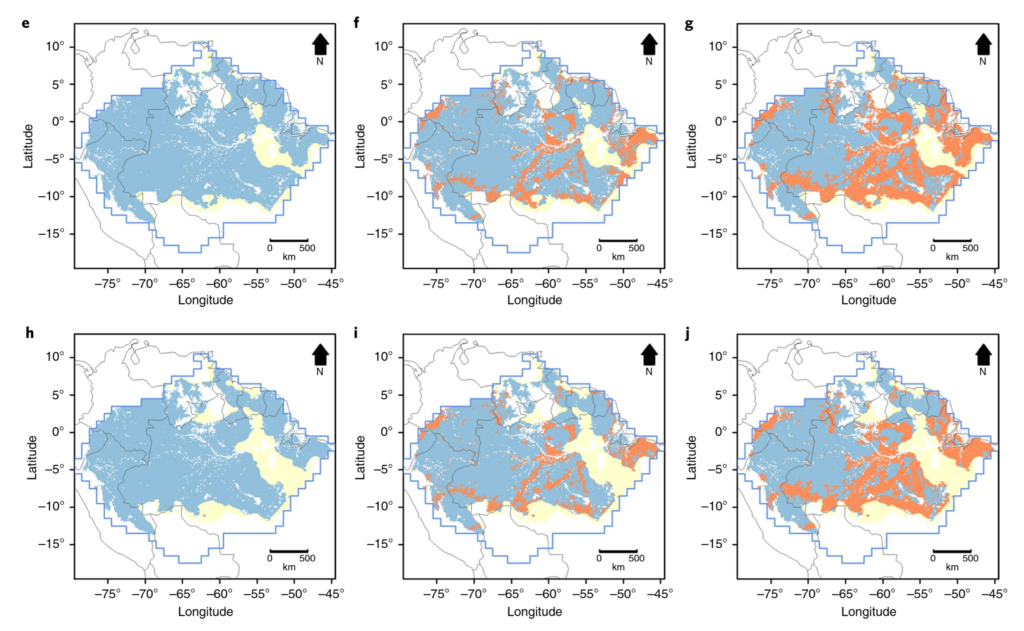
Ima Vieira, co-author of the article and researcher at the Goeldi Museum in Belém, Brazil, warns of the great risk that the Amazon rainforest runs on account of the approval of the 2362/2019 bill in Brazil, which proposes the elimination of the legal reserve in Rural properties. Ima says: “If this happens, about 89 million hectares can be directly threatened by the unkilled in the Amazon. We are already impressed with the results of this study, imagine what can come forward with this level of environmental backlash? The forest of the future can be divided into several blocks, where many species would take serious risks of extinction. It is essential to advance environmental governance in the region, considering protected areas and legal reserves as complementary instruments for the protection of biodiversity. In this context, the eastern Amazon can lose 95% of its forests and the state of Pará will be the most harmed, because it is already the regional champion in loss of diversity. “
The study concludes with the example of the Atlantic Forest, which, despite today having little more than 10% of its original coverage, was the target of the alert of several studies over a century and, therefore, to allow the Amazon to have the same destination would not be an option. [Translation by Bing].
Deforestation and climate change can divide the Amazon into two
Amazonian tree species threatened by deforestation and climate change
ABTRACT: Deforestation is currently the major threat to Amazonian tree species but climate change may surpass it in just a few decades. Here, we show that climate and deforestation combined could cause a decline of up to 58% in Amazon tree species richness, whilst deforestation alone may cause 19–36% and climate change 31–37% by 2050. Quantification is achieved by overlaying species distribution models for current and future climate change scenarios with historical and projected deforestation. Species may lose an average of 65% of their original environmentally suitable area, and a total of 53% may be threatened according to IUCN Red List criteria; however, Amazonian protected area networks reduce these impacts. The worst-case combined scenario—assuming no substantial climate or deforestation policy progress—suggests that by 2050 the Amazonian lowland rainforest may be cut into two blocks: one continuous block with 53% of the original area and another severely fragmented block. This outlook urges rapid progress to zero deforestation, which would help to mitigate climate change and foster biodiversity conservation.
Amazonian tree species threatened by deforestation and climate change
